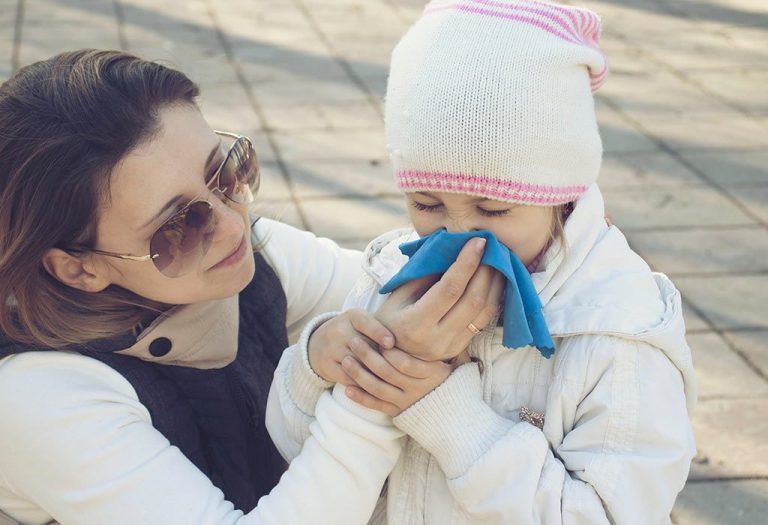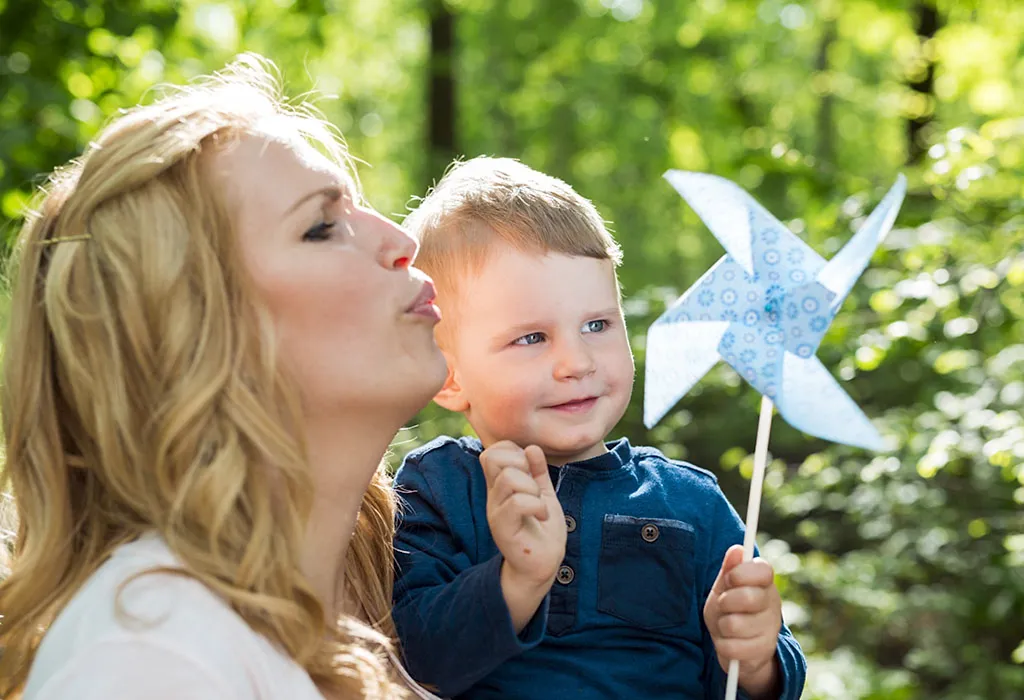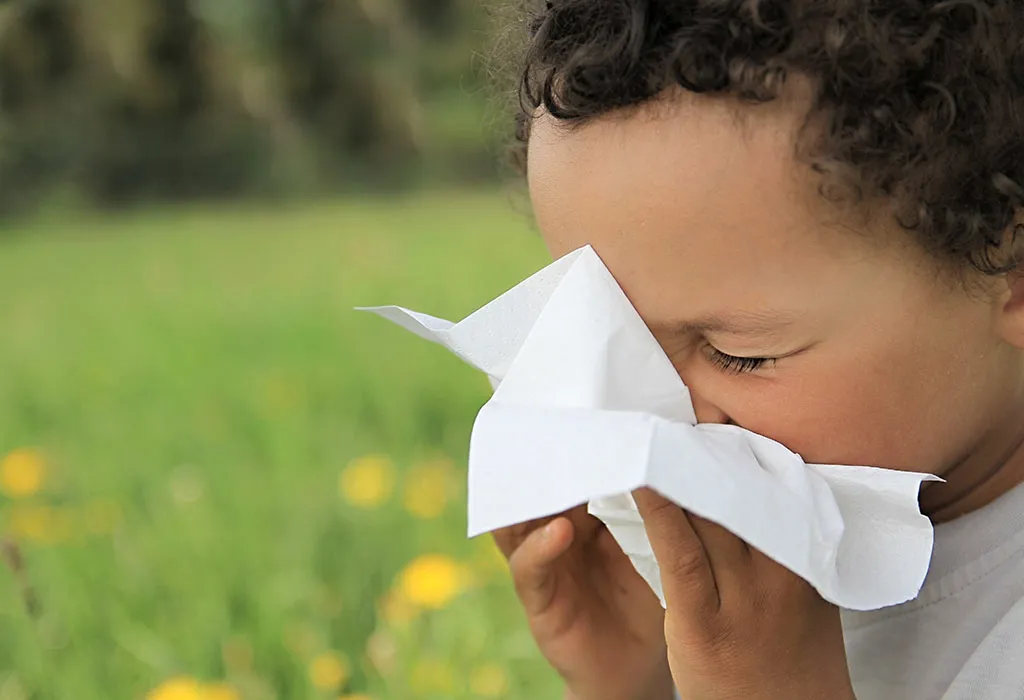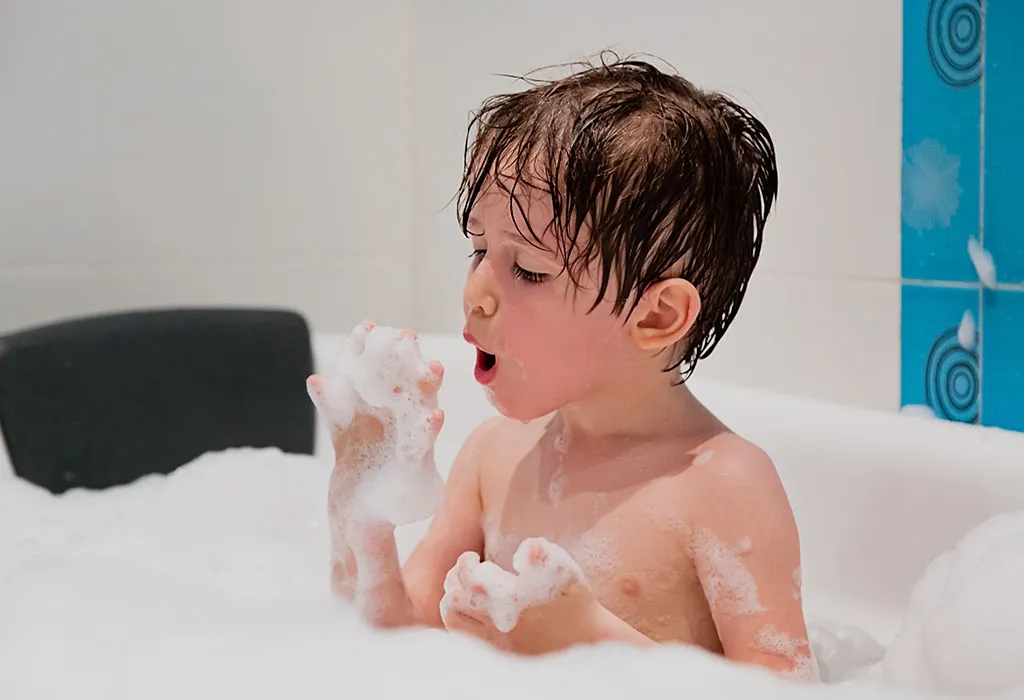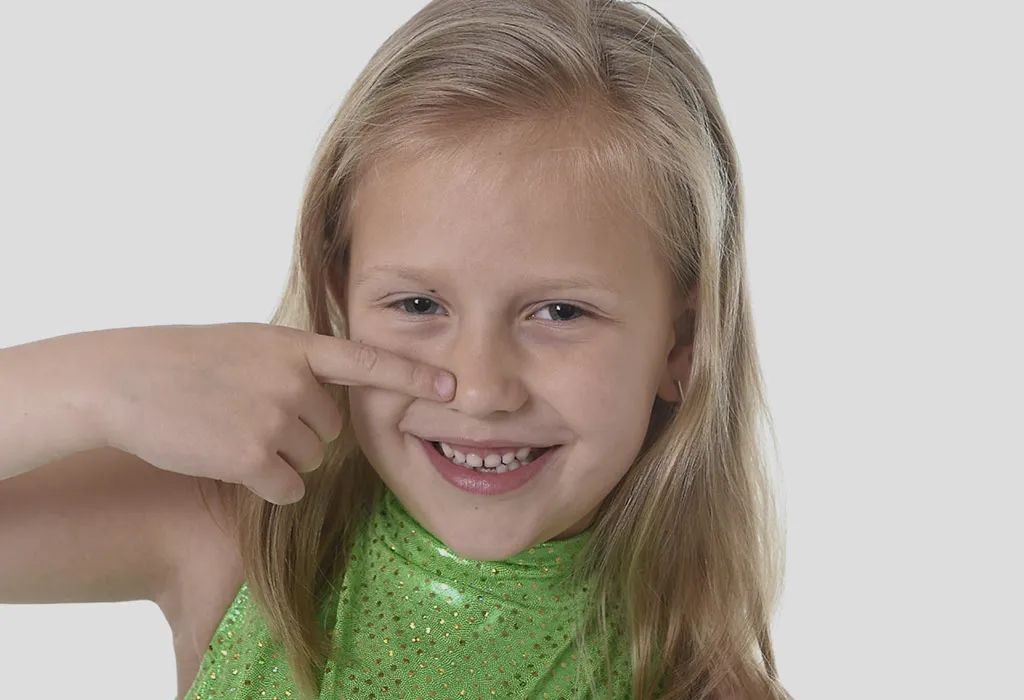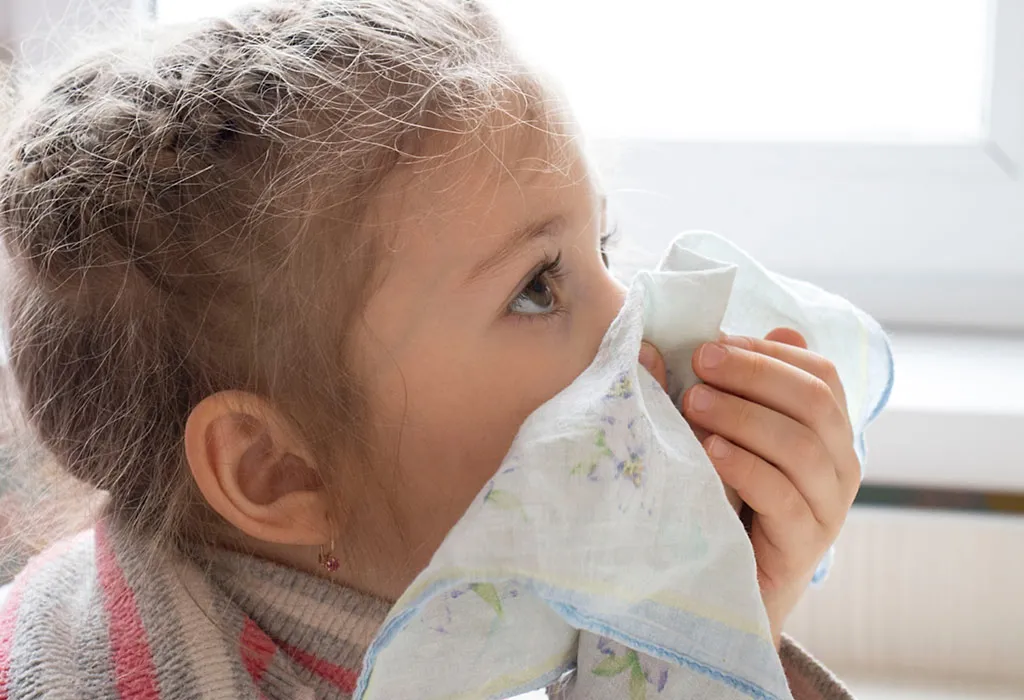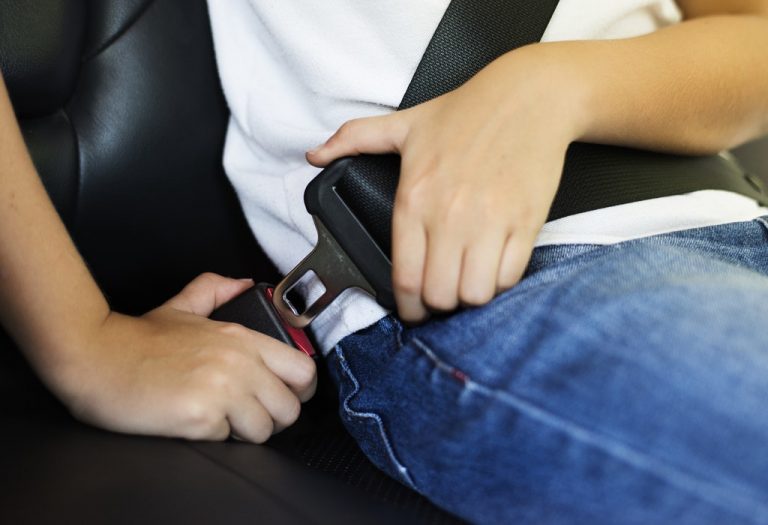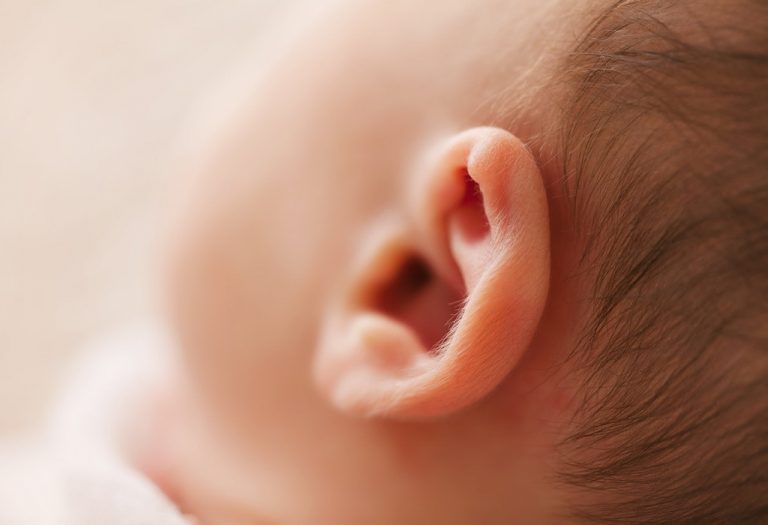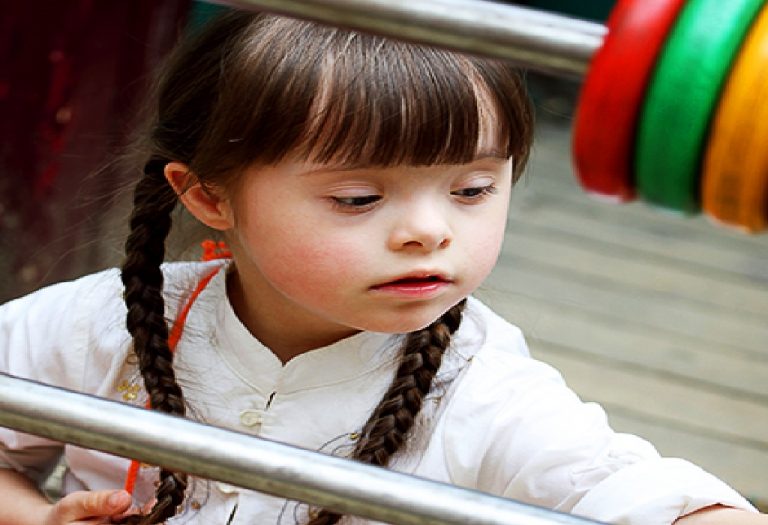How to Teach Your Child to Blow Their Nose: 6 Simple Tips
Becoming a parent is the easiest way to know which habits and behaviours we take for granted in our lives. Things like eating neatly, brushing your teeth, or even blowing your nose, simple routines for adults, can be completely new concepts for kids. Helping your kids learn them the right way can seem pretty easy at first, but it can be quite challenging in truth. One common example is teaching your child to blow their nose. It might feel almost impossible as the days go by and tissues pile up, but with a little patience, creativity, and the right approach, you’ll be surprised how quickly they can pick it up. In this article, we’ll share easy tips on how to teach toddlers & kids to blow their noses, making stuffy noses a little easier to manage for both of you.
At What Age Can Child Blow Their Nose?
Many parents often wonder when can kids blow their nose without help, especially during cold and allergy season. While there’s no exact age, most children can start learning to blow their nose between the ages of 2 and 3, but every child is different. Around this age, toddlers begin to understand simple instructions and develop better control over their breathing. However, some kids may take a little longer, and that’s perfectly okay! With a bit of practice and patience, most children are able to blow their nose on their own by the time they’re 3 to 4 years old.
Tips to Teach Children to Blow Their Nose
Knowing that it can be difficult for children to understand how exactly to blow air through the nose to clear it up, a few tips and tricks can help them get the hang of it. Repeating them enough can help them blow their nose on their own in good time (1) (2).
1. Blowing Air From the Mouth and Nose
Many kids take some time in blowing air voluntarily from either the nose or the mouth and doing so with good force. Breathing takes place reflexively and children barely even realise that they are doing it. Their lung capacities take some time in reaching the point where they can blow steadily and with good force, too. Once they can blow air properly, ask them to shut their mouth and attempt to blow. This will instantly make them aware of how the air flows out of the nose instead.
2. Using a Handkerchief or Tissue the Right Way
Whether your child can blow his nose correctly or is still learning to do so, it is imperative that he learns to wipe his nose using a hanky or tissue paper correctly. Blowing the nose will help clear it up quickly, but there will be instances when he has a runny nose, or a booger finds its way out of the nostril.
Your kid might rub his nose excessively with his hands and then interact with other objects, making it even more unhygienic. Teach him how to use a hanky and clean his nose and the part above his upper lip. Let him try it out on your nose as well and understand how to clean it up.
Some children might have trouble coordinating their hands and face together in the right way. Teach your kid to start from the bridge of the nose and run his fingers down to the tip. Once he’s there, he can use the hanky to rub all the areas close to the tip slowly.
3. Cleaning Up During Bath Time
Making use of a hanky or tissue can make things messy quickly. Also, using an external object close to their nose does make some children a bit uncomfortable. Let them get used to their nose being interacted with. And the best time to do so is during their bath.
If your child has a runny nose, let him do his best in clearing it up. Teach him to blow air correctly and ask him to do so with his mouth closed. Your child might blow out forcibly and get the mucus and booger all over the place. Fret not, as it can quickly be cleaned with the bathwater.
When drying your kid, use the towel and let him dry his nose with it. While doing so, ask him to clean it well and blow his nose if he can. He will be much more receptive to it than earlier.
4. Seeing the Act of Blowing and Cleaning the Nose in a Mirror
You might have noticed that children have trouble rubbing their eyes properly or scratching an itch on their face. At a young age, most kids do not have a good understanding of the way their face is structured and rely primarily on guesswork. When it comes to cleaning the nose, this also poses a major problem in most cases.
Use the mirror in your home for this. Start by telling your child to touch his nose while looking in the mirror. Use both hands while doing so and then hand him a hanky while doing the same. Once he can interact with his nose, teach him how to clean the nostrils and hold the hanky while blowing his nose (3).
It may take him a few tries to get things right. You can sit with him in front of the mirror, too. Children do learn a lot from observation, and he can try and mimic your actions while looking in the mirror. Avoid the confusion of left and right by sitting close to the mirror, so that only the faces are visible.
5. Keep It Simple and Learn With Fun
It might seem difficult to teach your kid to blow his nose correctly, but it is even more difficult for him to figure it out for himself. Children will observe how easily you do it yourself and will struggle with the fact that it is not easy for them. Try to guide your child through it.
The moment it starts getting stressful for the child or you scold him for not cleaning his nose correctly, he might give it up altogether and prefer to play around with a runny nose. Help your child understand the discomfort of having a nose that leaks constantly and is filled. When that gets in the way, he will be more open to learning the right way to clean it up.
6. Teach Kids to Avoid Excessive Nose Blowing
While it’s important for kids to learn how to blow their noses, it’s equally important to teach them not to blow too hard. Excessive nose blowing can lead to discomfort and sometimes even nosebleeds or irritation inside the nostrils. Remind your child to blow softly and never forcefully, as this can push mucus deeper into the sinuses and cause further congestion (4).
When teaching toddlers to blow nose, let them know that it’s better to take it slow and blow gently rather than blowing too hard. If they feel pressure or discomfort after blowing, that’s a sign they may have blown too hard. Encourage gentle blowing, and if the nose remains congested, try using saline drops or a humidifier to help clear things up naturally.
Nose Blowing Games for Your Child
Teaching kids to blow their nose doesn’t have to feel like a chore, it can actually be fun! Turning it into a game is a great way to help your child practice the skill without pressure, while also keeping them entertained.
1. Mirror Fogging
Stand in front of a mirror with your child and ask them to blow through their nose onto the mirror. The goal is to “fog” it up using just their nose, not their mouth. It’s a fun way for them to see the results of their breath and get instant feedback.
2. The Imitation Game
Sit with your child and show them how you blow your nose. Then ask them to try doing the same. Take turns and make it silly and fun! Give them lots of encouragement when they try, even if they don’t get it right at first.
3. Feather Blow
Use a small feather and have your child lie on their back. Place the feather on their nose and ask them to blow it off using only their nose, not their mouth. This game adds a little challenge and makes practice more exciting.
Things to Do if Your Child Refuses to Blow the Nose
It’s totally normal for young children to resist blowing their nose, especially if they’re not feeling well or don’t quite understand how to do it yet. Don’t worry, this phase is totally normal and usually fades as they get older.
If your child refuses to blow their nose, try using the same tricks that work in other tough moments, like getting dressed or buckling up in the car. Offer a small reward, like a bedtime story or a favourite snack, just for giving it a try. And when they do try (even if it’s just a little), give them lots of praise and encouragement.
FAQs
1. How long does it usually take for kids to learn nose blowing?
It really depends on the child. Some pick it up in a few days, while others take weeks or even months. The key is to stay consistent, patient, and encouraging.
2. Should I worry if my child still can’t blow their nose at 4 or 5?
Most kids get it by age 4, but if yours is struggling, don’t stress. Keep practising in a relaxed way. If you’re concerned, talk to your paediatrician for extra guidance.
3. How do I help them blow one nostril at a time?
Show them how to gently press one side of their nose while blowing out through the other. This makes it easier and helps clear their nose more effectively.
Figuring out how to get a child to blow their nose is one of those challenges that come across in your life as a parent. Just like potty training, proper practice and guidance can help make things proceed in the right direction. In case your child seems to experience a runny nose more often than others, talk to your doctor and check if you can make use of an aspirator to help him out with it.
References/Resources:
1. NHS – Nose blowing – A parent’s guide to nose blowing
2. Allergy & Asthma Network – How to Blow Your Nose Correctly
3. KidsHealth – Teaching Children To Blow Their Nose
4. The Ohio State University – What happens if you blow your nose too hard?
Also Read:
Cold in Children
Nose Bleeding in Children
How to Clean Your Baby’s Nose
Nasal Congestion/Blocked Nose in Infants
Was This Article Helpful?
Parenting is a huge responsibility, for you as a caregiver, but also for us as a parenting content platform. We understand that and take our responsibility of creating credible content seriously. FirstCry Parenting articles are written and published only after extensive research using factually sound references to deliver quality content that is accurate, validated by experts, and completely reliable. To understand how we go about creating content that is credible, read our editorial policy here.





